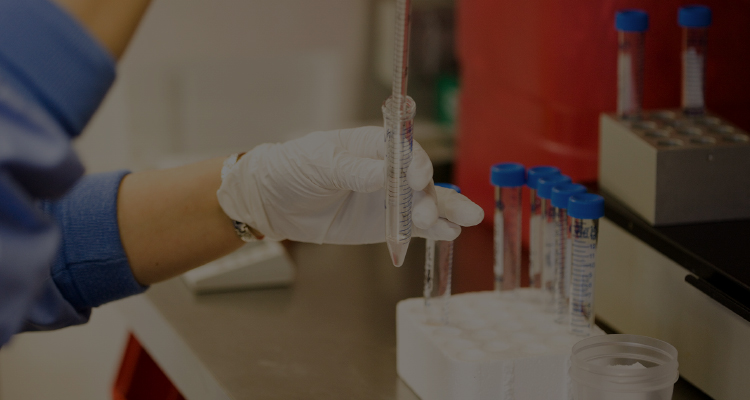주요연혁 / 연구실적
연구활동 Protein patterns in the follicular fluid of poor r
페이지 정보
Protein patterns in the follicular fluid of poor r
Fertilink2011(A Decade of innovation in ART), 2011.11.05
Protein patterns in the follicular fluid of poor responder after controlled ovarian hyperstimulation in in vitro fertilization and embryo transfer program in human
(인간 체외수정, 수정란이식 프로그램에 있어 POS환자의 난포액 단백질변화)
Chae-Sik Lee, Han-Sik Cheon, Seung-Pyo Hong, Eugene Choi,Ha-Na Kim, Hee-Jin Song, Yong-Ho Rho, Dae-Sik Oh, Sang-Chan Lee
Infertility Institute, Saewha Hospital, Busan, Korea
In this study, the study population was divided into 2 groups, i.e., normal responder and poor responder. This segregation was made on the basis of the results of two-dimensional electrophoresis analysis used to detect changes in protein patterns in follicular fluid during the ovarian response after controlled ovarian hyperstimulation during IVF-ET program in human. In the normal responder group, 57 of the 81 spots detected were found to be reproducible. Then 1 spot was not found in the poor responder group. In the poor responder group, 53 of the 98 spots detected were found to be reproducible. On comparison with the spots from the normal responder group, 6 spots from the poor responder group showed downregulation and 7 showed upregulation in expression. Spots showing significant differences in upregulation and downregulation between the 2 groups were identified to determine changes in protein patterns. These spots corresponded to a cytosolic carboxypeptidase, signal-induced proliferation-associated protein 1, a ceruloplasmin, and a keratin (type II cytoskeletal 1). Six spots and 4 kinds of proteins corresponded with data from the National Center for Biotechnology Information non-redundant (NCBInr) database, but 8 spots could not be identified. The results of this study confirm that the protein expression pattern changes during the ovarian response after controlled ovarian hyperstimulation during IVF-ET program in human. However, because the reproducibility of two-dimensional electrophoresis results is debased, more repeat experiments are required to ensure the reliability of the results and to determine the role of each protein in folliculogenesis.






















